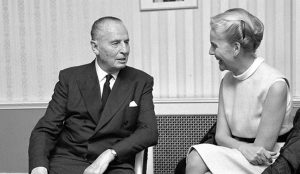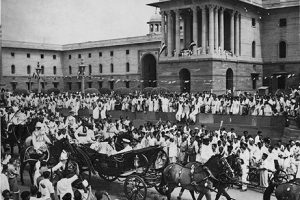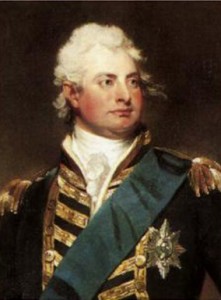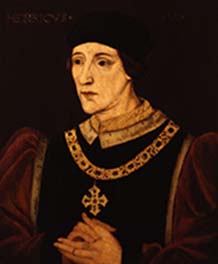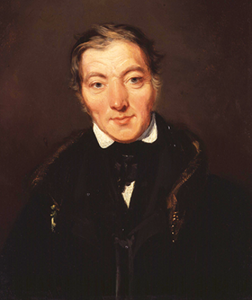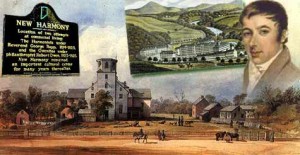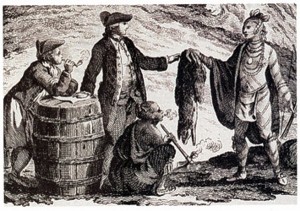
Fur trading with Native Americans in Canada / herbmuseum.ca
The name ‘New France’, which sounds rather arbitrary, was the name given to all the North American territories France claimed to own between 1524 and 1803. In reality, it is a term used for the north/eastern colonies. In 1534 Cartier placed a cross in the name of the King of France on a shore of Gaspée Lake, taking all that territory for France. It was not to be, however, though Quebec, founded in 1608 by Champlain, was used as a base for exploration and fur trading. The same man got a large (and very cold) lake in the northern United States (New York State) named after him.
Quebec naturally became the centre of operations for the French colony in Canada. In 1663 it was a royal province with a Governor, responsible for defence matters in particular and foreign relations in general. Justice was administered there, and there was a bishop to look after Catholic spiritual affairs.
Somehow, perhaps because of typical French regimentation and bureaucracy, Quebec had no opportunity to develop early expressions of the sense of community, togetherness and responsibility that was perhaps more typical of the early English colonies in North America. One of the French, Jean Talon, did however encourage and support fishing, farming and lumber work. The latter led to ship-building activity. Tar and potash were produced and the French colonies’ future seemed assured and proficient.
The Fur Trade
The lengthy history of the fur trade in North America is closely linked with exploration of the continent, and the struggle between France and Britain to control it. At first the trade was centred along the banks of the St. Laurence River and the Atlantic coasts around Newfoundland and Acadia in the late sixteenth and early seventeenth centuries. Furs were brought to the trading posts by Native Americans (q.v.) attracted by cheap trinkets and other goods manufactured for the purpose. It was not fair exchange, but the Native Americans did not know this yet.
Samuel de Champlain (see above) established himself at Quebec and enjoyed successful contact with the Algonquin and Huron tribes (q.v.), aiding them in their age old conflict with the Iroquois (q.v.). With exploration and opening up of new territories spreading fast it was known by the end of the seventeenth century that something had to give; the French were sandwiched between the British colonies to the south and the formidable Hudson’s Bay Company (founded 1670), though the latter had in fact been set up as a result of information from two disaffected French traders.
Meanwhile, the Iroquois were bringing trade into British hands at Albany; the French responded by building a chain of forts and trading posts, which should have brought under their control the Great Lakes region and the upper Mississippi as well as the valleys of the Ohio. But then, in 1763 came the cession of New France to Britain.
In the early years of the nineteenth century the north-western fur trade was much contested between the ‘independents’, organized by the North West Company. For instance, the Company opened up new trade routes right across the continent to the Pacific coast, only to find John Jacob Astor’s Pacific Fur Company already established, plus branches of the Hudson’s Bay Company. The two Canadian companies merged in 1821, while the HBC organized the fur trade on a continental basis, surrendering its lands to the Dominion in 1869. This did not prevent it from becoming the most important economic force in the north.
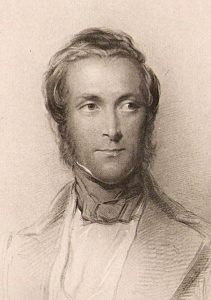 Not all governors-general, or ‘viceroys’ of India were touched with brilliance, like Lord Curzon. One of them, the last, gave the most important part of the British Empire away as if he were presenting the prize at a school’s Parent’s Day. Dalhousie must be awarded top marks for effort, however. He was born in 1812, just three years before Bonaparte was finally pushed off the map. He became Governor-General at the age of thirty-six – remarkably good going – and held the office until 1856. He is still the youngest ever to reach this position. He was able, innovative and interested; he worked so hard that he ruined his health. (more…)
Not all governors-general, or ‘viceroys’ of India were touched with brilliance, like Lord Curzon. One of them, the last, gave the most important part of the British Empire away as if he were presenting the prize at a school’s Parent’s Day. Dalhousie must be awarded top marks for effort, however. He was born in 1812, just three years before Bonaparte was finally pushed off the map. He became Governor-General at the age of thirty-six – remarkably good going – and held the office until 1856. He is still the youngest ever to reach this position. He was able, innovative and interested; he worked so hard that he ruined his health. (more…)
